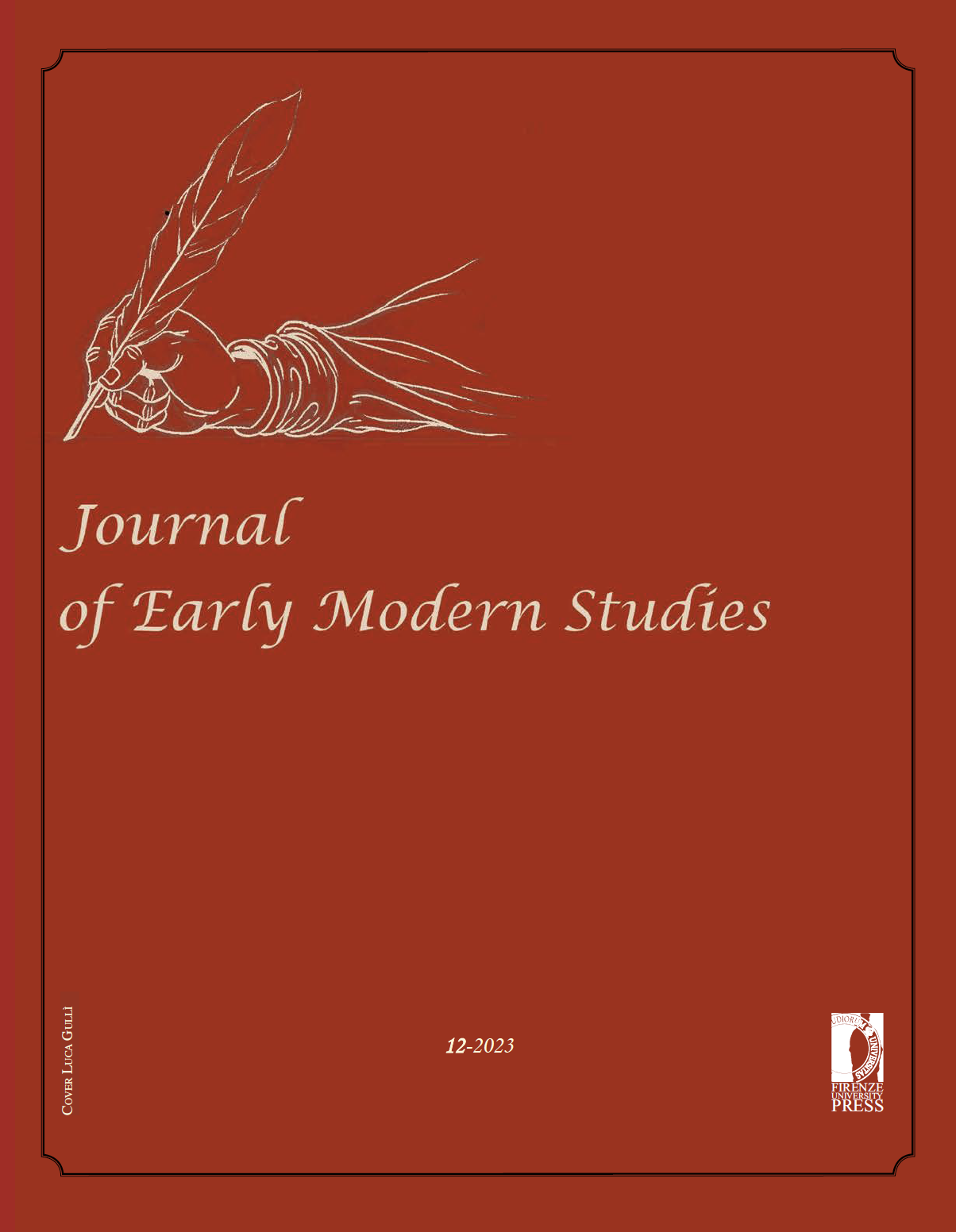Published 2024-07-31
Keywords
- Empire,
- Garcilaso de la Vega,
- Hernando de Soto,
- La Florida,
- Richard Hakluyt
How to Cite
Copyright (c) 2024 Catalina Andrango-Walker

This work is licensed under a Creative Commons Attribution 4.0 International License.
Abstract
In 1539, Hernando de Soto arrived in Cuba expecting to colonize the North American territory for Spain within four years. Even though he did not leave a personal account, several survivors of this expedition wrote about this journey. In addition to the official accounts of Rodrigo Rangel and Luis Hernández de Biedma, there were other anonymous accounts told and penned by common men, which were later used in canonical works. This is the case of Inca Garcilaso de la Vega’s The Florida of the Inca (1605), which is based on a story that a Spanish cavalier related to the author, also corroborated by forgotten short accounts written by Juan Coles and Alonso de Carmona. Likewise, a Portuguese man, who accompanied de Soto, wrote Relaçam Verdadeira, published in 1557 in Portugal. Relaçam was translated into English in 1609 by the English writer Richard Hakluyt (1553-1616) under the title Virginia Richly Valued. This essay focuses on these collective testimonies, oral and written, that kept and shaped the story of failure in La Florida. I analyze how these intellectuals not only appropriated the previously dismissed memories of these common men, but also adapted them according to their imperialistic purposes.

